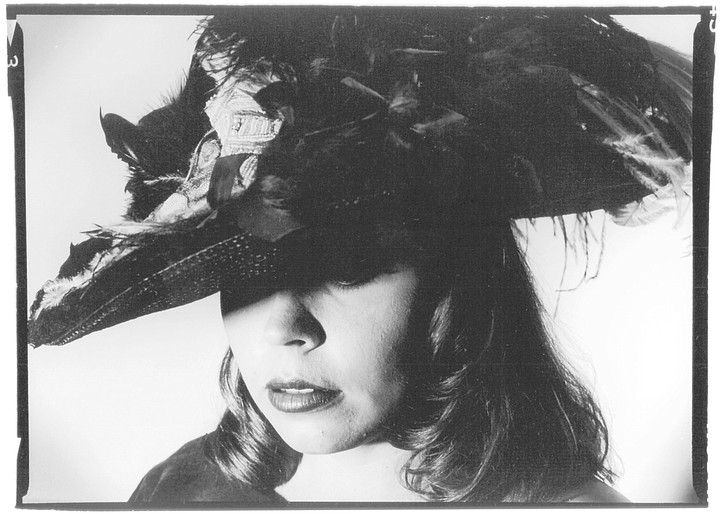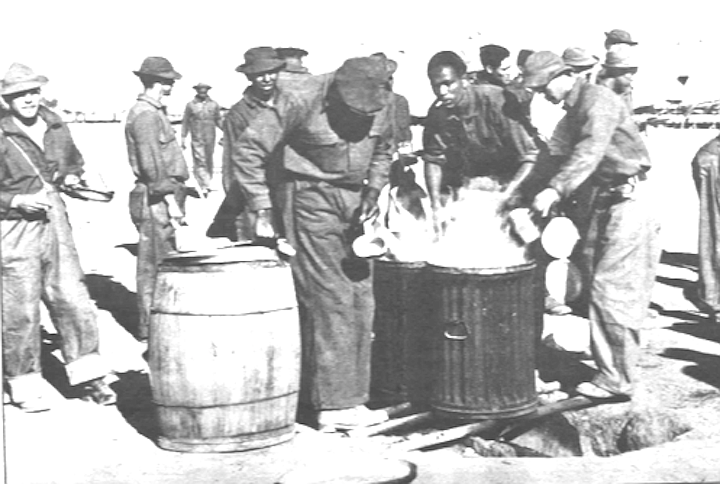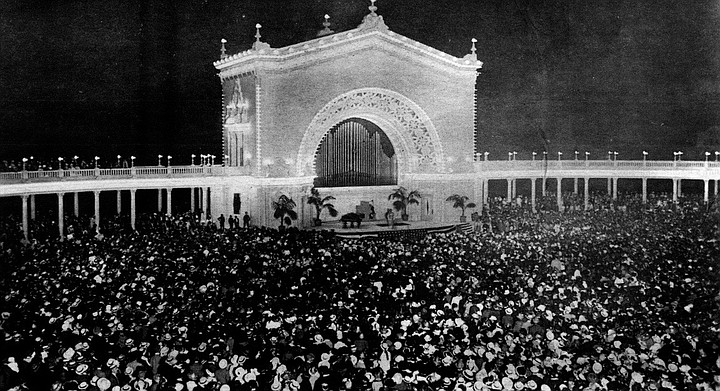 Facebook
Facebook
 X
X
 Instagram
Instagram
 TikTok
TikTok
 Youtube
Youtube

“He had been working since May at Balboa Park, cutting wood, gardening, cleaning up ravines, canyons, etc. When he was put on the Federal work card, a foreman's name was on the card. Although he had to report to the same headquarters, he allowed himself to be sent out with a road gang, none of whom had ever used a shovel or a pick, and the foreman was an ex-mule driver of no mentality, a chain gang chaperone.
By Beverlee Calvert, Jan. 6, 1994 | Read full article

“When I was 12 to 14 or so, I had a buddy who wanted to be a trapper, We got ourselves a dozen traps and set up a trap line that went down into Mission Valley from about where University Hospital is, out across the valley, then up through the cut where 163 runs now, and up onto Camp Kearny Mesa. There were a lot of animals in that valley.We were very good at catching skunks and opossums!"
By Jud Weaver, Sept. 1, 1994 | Read full article

Those who did go to parties — if they were the right parties — had a chance of posing in their hats and gloves for the photographers or San Diego Magazine. In November of 1948, Mrs. George Carter Jessop, "noted for her outstanding blond good looks," posed in a cocoa garbardine suit and a pillbox hat trimmed with coq feathers. Mrs. Harold Starkey, "one of San Diego's most attractive and vivacious matrons," stared heavenward in a $4000 mink cape.
By Laura McNeal, Sept. 3, 1998 | Read full article

It's hard to look around San Diego and not see evidence of the WPA: the city library, Scripps Institution of Oceanography, the dredging of Mission Bay (and Lindbergh Field), restoration of Balboa Park's Exposition Buildings. Even San Diego State University benefitted. In 1931, the college had outgrown its original location on Normal Street and Park Bouelvard. The WPA helped relocate it to the current site "at the eastern edge of the city.”
By Jeff Smith, July 8, 1999 | Read full article

The menu for the CCC's camp at Palomar Mountain on Saturday, May 22, 1937, shows that for breakfast the enrollees were served oranges, oatmeal, milk, hot cakes, scrambled eggs, butter, coffee, and sugar. For supper they were served roast beef with gravy, mashed potatoes, string beans, cole slaw, cottage pudding, rolls, and hot tea. The boys had to work hard for their food, but most of them say they put on weight during their hitches.
By Steve Sorensen, Sept. 17, 1987 | Read full article

Schumann-Heink publicly rebuked members of her audience for protesting the appearance of Chinese and Negro children in the dedication ceremonies of the Memorial Auditorium in Sacramento. Turning her back on the audience, she sang a lullaby for the children. Then she told the audience, “It is up to the war mothers to teach their children the love of law and not make a difference between black or yellow or brown or white skins.”
By Richard W. Amero, Nov. 7, 1991 | Read full article


“He had been working since May at Balboa Park, cutting wood, gardening, cleaning up ravines, canyons, etc. When he was put on the Federal work card, a foreman's name was on the card. Although he had to report to the same headquarters, he allowed himself to be sent out with a road gang, none of whom had ever used a shovel or a pick, and the foreman was an ex-mule driver of no mentality, a chain gang chaperone.
By Beverlee Calvert, Jan. 6, 1994 | Read full article

“When I was 12 to 14 or so, I had a buddy who wanted to be a trapper, We got ourselves a dozen traps and set up a trap line that went down into Mission Valley from about where University Hospital is, out across the valley, then up through the cut where 163 runs now, and up onto Camp Kearny Mesa. There were a lot of animals in that valley.We were very good at catching skunks and opossums!"
By Jud Weaver, Sept. 1, 1994 | Read full article

Those who did go to parties — if they were the right parties — had a chance of posing in their hats and gloves for the photographers or San Diego Magazine. In November of 1948, Mrs. George Carter Jessop, "noted for her outstanding blond good looks," posed in a cocoa garbardine suit and a pillbox hat trimmed with coq feathers. Mrs. Harold Starkey, "one of San Diego's most attractive and vivacious matrons," stared heavenward in a $4000 mink cape.
By Laura McNeal, Sept. 3, 1998 | Read full article

It's hard to look around San Diego and not see evidence of the WPA: the city library, Scripps Institution of Oceanography, the dredging of Mission Bay (and Lindbergh Field), restoration of Balboa Park's Exposition Buildings. Even San Diego State University benefitted. In 1931, the college had outgrown its original location on Normal Street and Park Bouelvard. The WPA helped relocate it to the current site "at the eastern edge of the city.”
By Jeff Smith, July 8, 1999 | Read full article

The menu for the CCC's camp at Palomar Mountain on Saturday, May 22, 1937, shows that for breakfast the enrollees were served oranges, oatmeal, milk, hot cakes, scrambled eggs, butter, coffee, and sugar. For supper they were served roast beef with gravy, mashed potatoes, string beans, cole slaw, cottage pudding, rolls, and hot tea. The boys had to work hard for their food, but most of them say they put on weight during their hitches.
By Steve Sorensen, Sept. 17, 1987 | Read full article

Schumann-Heink publicly rebuked members of her audience for protesting the appearance of Chinese and Negro children in the dedication ceremonies of the Memorial Auditorium in Sacramento. Turning her back on the audience, she sang a lullaby for the children. Then she told the audience, “It is up to the war mothers to teach their children the love of law and not make a difference between black or yellow or brown or white skins.”
By Richard W. Amero, Nov. 7, 1991 | Read full article
Comments